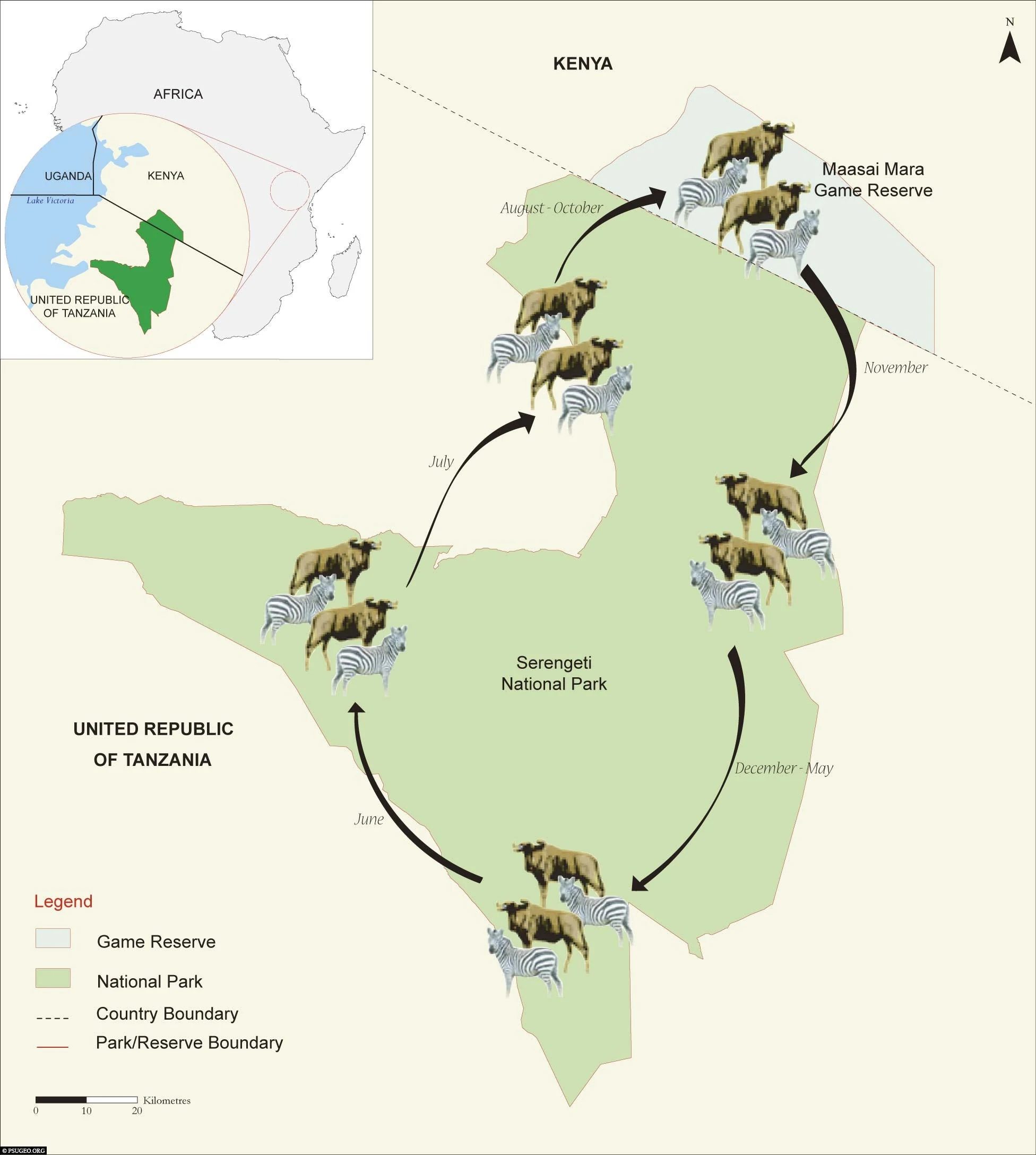Mount Kilimanjaro is a volcanic mountain located in northeastern Tanzania, East Africa and is the highest free-standing mountain on Earth. Kilimanjaro has different climate zones ranging from tropical conditions at the base to arctic conditions at the summit.
Conservation efforts are in place to protect the unique ecosystems of Kilimanjaro. Climbers may face altitude-related challenges, and acclimatization is crucial for a successful summit attempt. Climbing Kilimanjaro is a popular adventure for trekkers and climbers worldwide offering stunning views and diverse landscapes.
The climate and weather of Mt. Kilimanjaro. It provides an overview of the different climate zones and weather concerns that climbers might face while ascending the mountain, emphasizing the need for appropriate clothing, safety guidelines, and acclimatization.
Kilimanjaro has experienced a reduction in glacial ice due to climate change. The glaciers on the summit have been diminishing over the years.

